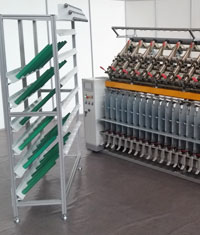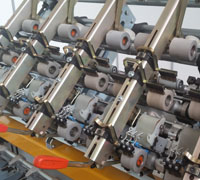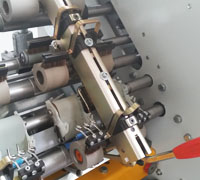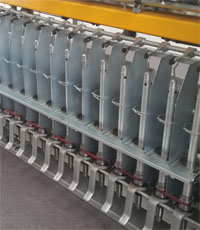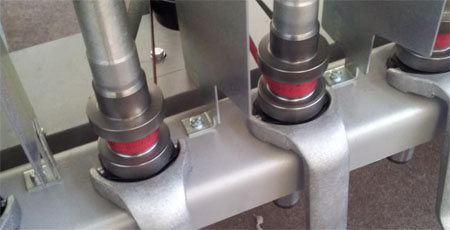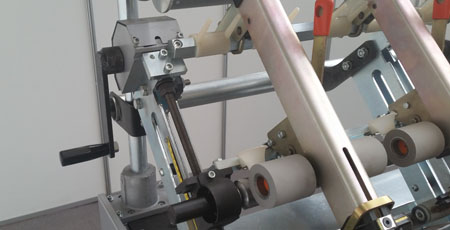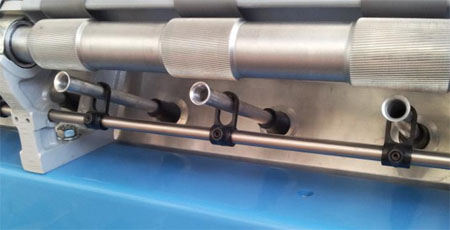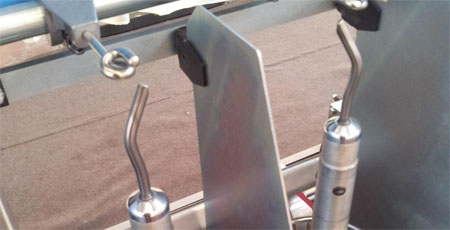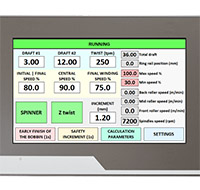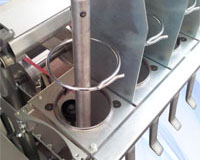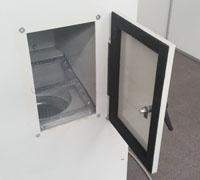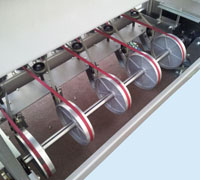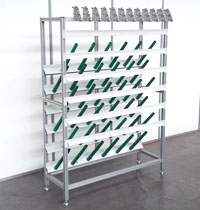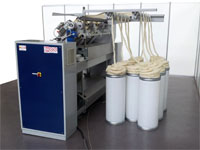

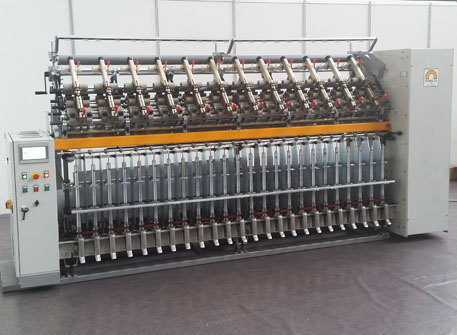 SPINNING AND PLYING
SPINNING AND PLYINGSpinning is the process of adding twist to sliver or drafted roving in order to create yarn.
In industrial textile production several different spinning methods are used, however ring spinning is still the most versatile method for spinning a wide range of fiber types with varying staple lengths.
The input roving is first drafted to the correct weight by a series of rollers, then twist is introduced by the action of a weighted traveller rotating in a ring around a spindle that is driven at a speed greater than that of the traveller.
Plying two or more strands of single-ply yarns together results in a stronger final yarn.
The singles are always twisted together in the opposite direction in which they were spun, creating a balanced yarn that does not coil around itself.
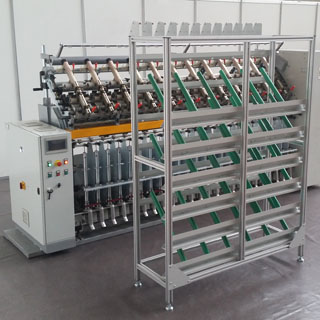 THE RAMELLA DIFFERENCE
THE RAMELLA DIFFERENCEDecades of experience, attention to detail, and a design specifically tailored for small commercial production make this spinning frame the right machine to achieve maximum quality and productivity.
The Ramella spinning frame offers many features that others do not, including:
• A double drafting area for maximum control and quality.
• An economical tube bobbin system.
• A spin finger to minimize tension during spinning and reduce breakages.
• Touch screen control, which simplifies calculations and machine operation.
• Multiple drive belts to prevent the loss of torsion in the central spindles.
• A compact design ideal for small commercial mills and laboratories.
• Low maintenance with spare parts readily available if needed.
SOME SAMPLES OF THE FINAL PRODUCTS

Final product sample

Final product sample
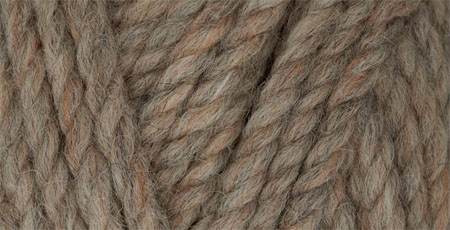
Final product sample


